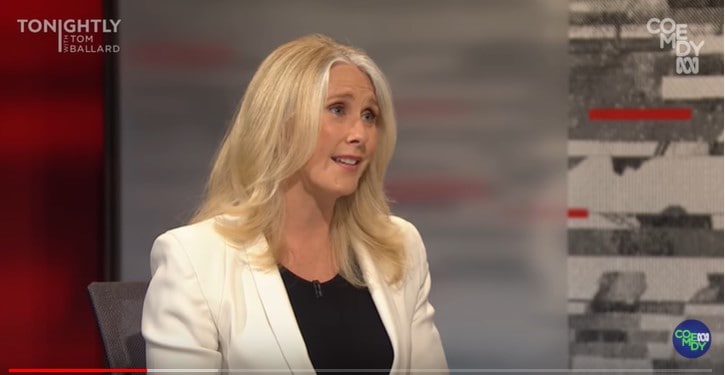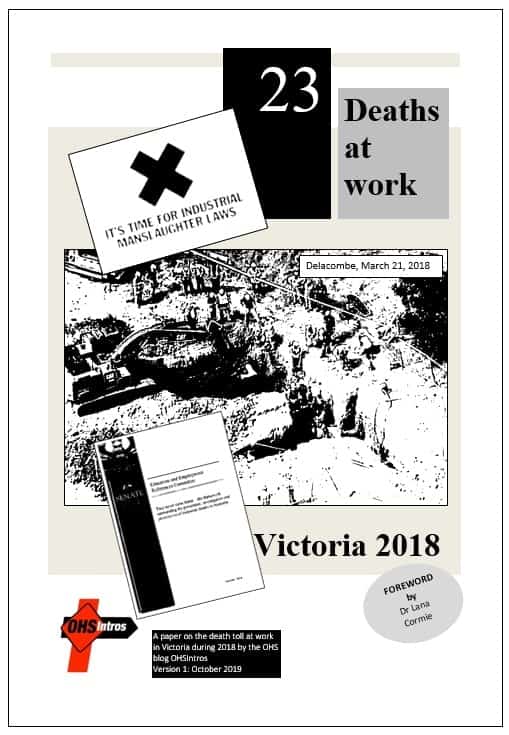
This Forbes article on the France Telecom suicides, written by Jack Kelly, is doing the rounds on LinkedIn with various lessons identified by various commentators. Sadly Kelly dilutes the significance of the suicides and the jailing of executives by implying that the action in France is a special case, as if the executives were trapped by employment laws into taking the actions that led to the extreme anxiety felt by France Telecom’s workers.
Kelly’s concluding paragraph is unnecessarily equivocal:
“The trial shows that managers waging a campaign of harassment against employees could establish a precedent in France and other countries. It may serve as a strong warning to corporate executives and management that their actions have severe consequences. Pushing employees too hard may result in serious consequences for both the workers and the purveyors of the punishing behaviors.”
Kelly use of “may” weakens the significance of the executive’ actions, the successful prosecution and the jail sentences. Why write that this may happen when the article is about a real case of cause and effect between executive strategy and suicide? Surely “may” should have been “can”.






